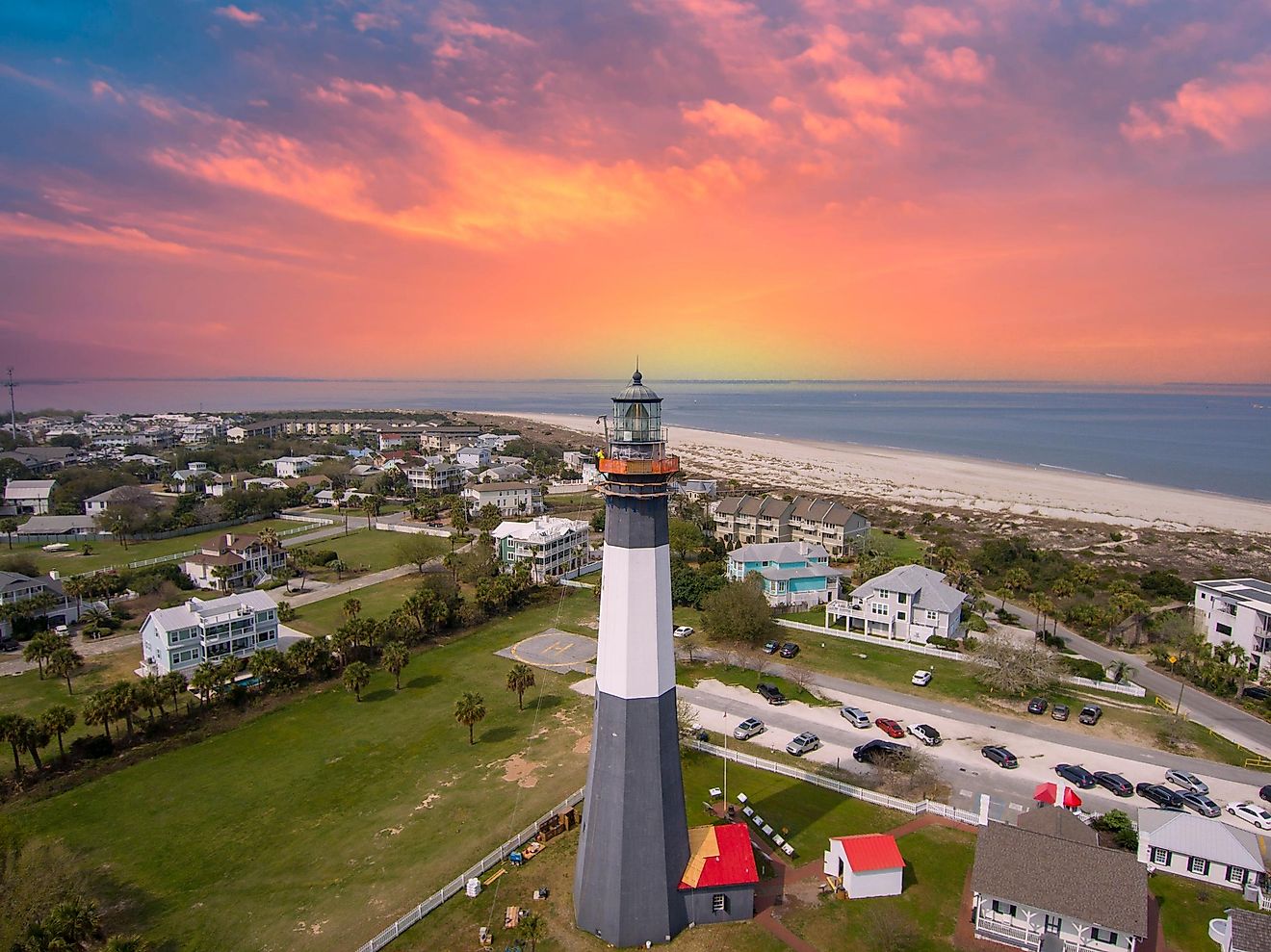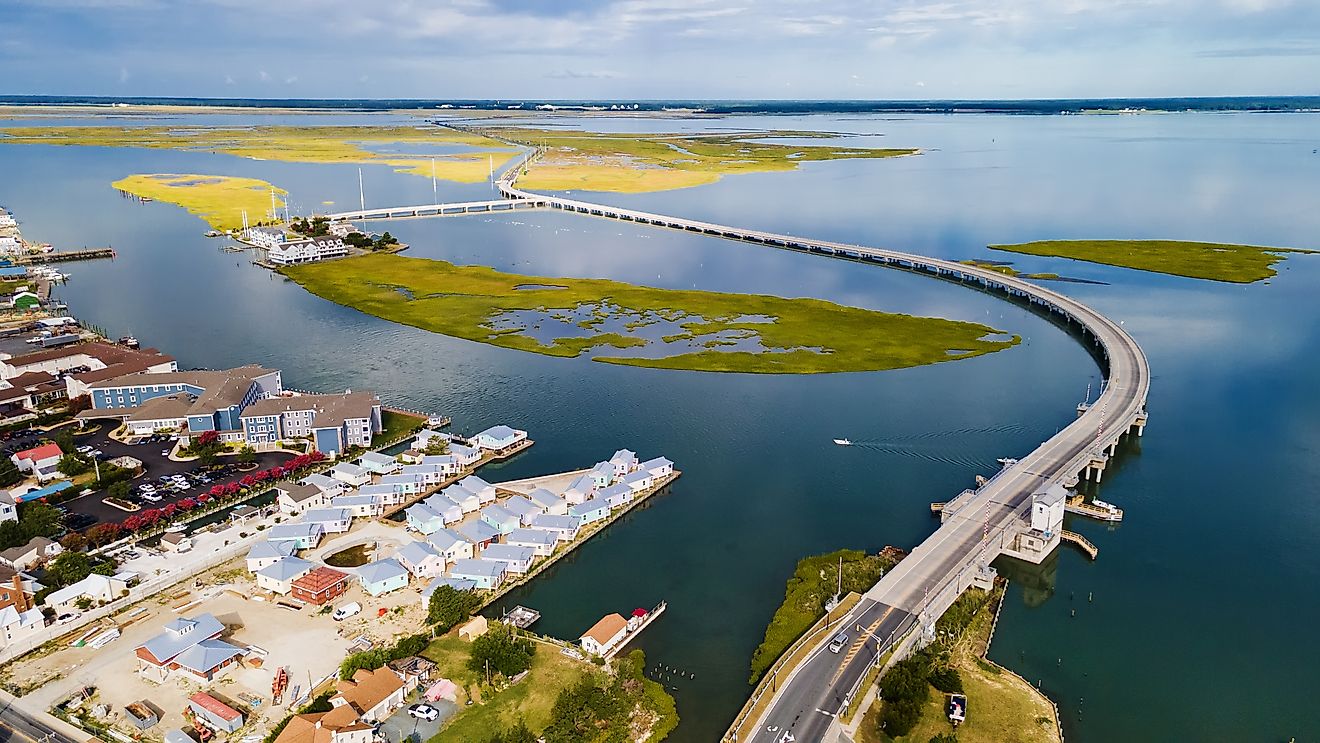
Stuart, Florida
Stuart is a small city situated in Martin County on the Atlantic Coast of the US State of Florida. Located along the Treasure Coast, Stuart forms a part of the “Port St. Lucie, Florida Metropolitan Statistical Area.” Nicknamed as “Sailfish Capital of the World,” Stuart is the largest municipality among Martin County’s four incorporated municipalities and Florida’s 126th largest city as per the latest 2019 estimates. The city occupies a total area of 22 sq. km, of which 5.7 sq. km is covered by water, and 16 sq. km is covered by land. Due to Stuart’s closeness to the St. Lucie River and the Indian River lagoon, it is often considered one of the finest small towns to visit in the United States.
Climate Of Stuart

As per the Köppen climate classification, Stuart experiences a tropical rainforest climate with long, hot, humid summers and short, cool, dry winters. The hot summer season lasts from the end of May to the end of September, with the average high temperature ranging from 31°C to 33°C. Frequent thunderstorms also occur during this period, with the city facing several tropical storms and hurricanes. The cool winter season lasts from the beginning of December to the end of February, with the average high temperature ranging from 23°C to 26°C and an annual average low temperature of 3.1°C. The city also often witnesses strong cold fronts that bring short spells of rainfall and cooler temperatures for a few days during the winter season. Stuart receives an average precipitation of 62.72 inches per year.
Brief History Of Stuart
It is believed that the Treasure Coast area that later became the present-day Stuart was initially settled by some non-Native Americans in 1870. From 1893 to 1896, the settlement was named “Postdam” by Otto Stypman and his brother Ernest Stypman, who arrived in the area from the German city of Postdam in 1892. Large plots of land in the city’s current “downtown area” were initially owned by the Stypman brothers. After the Florida East Coast Railway was set up, the settlement was rechristened as “Stuart” in 1895 after the local landowner Homer Hine (Jack) Stuart Jr. In due course, the Florida East Coast Railway linked Stuart with the cities of Daytona Beach and Miami. In 1914, Stuart was first incorporated as a town and formed a part of Palm Beach County. Stuart was chartered as a city in 1925 and was named the county seat of Martin County.
Population And Economy Of Stuart

As per the latest 2020 US census, Stuart has a population of 17,425 residents, with a population density of 954.69 inhabitants per square kilometer. The city’s population has increased from the 2010 census, which recorded that the city was home to 15,593 residents. The largest ethnic groups in Stuart are the Non-Hispanic White representing 68.32% of the city’s population, the Hispanic group at 15.05%, African Americans at 11.16%, mixed races at 3.27%, Asians at 1.59%, other races at 0.46%, Native Americans at 0.13%, and Pacific Islanders at 0.01%. The 2020 census also reported that there were 7,263 households and 3,562 families living in Stuart.
As of 2019, the median household income was $47,921, and the median property value was $185,700. The economy of Stuart employs 7170 people in various high-paying industries, including Retail Trade, Health Care & Social Assistance, Construction Works, Public Administration, etc. The city houses one of the State’s Department of Health Offices in Martin County. In addition to this, several businesses in the city cater to the tourists by offering nature tours, boating, fishing, sailing, cruising, Scuba diving, and snorkeling.
Tourist Attractions In Stuart

Stuart Heritage Museum
The Stuart Heritage Museum is a local heritage museum housed in a historic 2-story frame building at 161 Southwest Flagler Avenue. George W. Parks initially built the landmark building in 1901, where the first floor of the building served as Parks’s General Merchandise Store, while the second floor served as Parks’s home. In 1913, the historic building became the Stuart Mercantile Company, and in the 1960s, it became the Stuart Feed Store after several uses. The Stuart Heritage Museum houses more than 10,000 artifacts dating from the 1880s to the 1950s.
Krueger House
The Krueger House is a grand historic house built by a Berlin native named Albert Rudolph Emil Krueger in 1894. The house was built on the Burn Brae Pineapple Plantation grounds, along a creek that flowed inland from the St. Lucie River. The Krueger House was added to the US National Register of Historic Places on February 14, 2002.
Florida Oceanographic Coastal Center
The Florida Oceanographic Coastal Center is a well-known marine life nature center covering an area of 0.23 sq. km and situated on Hutchinson Island between the Atlantic Ocean and the Indian River lagoon. The center conducts research and restoration programs on Florida’s coastal ecosystems. It also offers educational programs for visitors of all ages that make them aware of the local issues and teaches them the significance of environmental stewardship.
Sailfish Splash Waterpark
The sailfish Splash Waterpark is a family-friendly park situated in Stuart that attracts tourists of all ages. The waterpark features two four-story tall water slides, a 253-foot closed “Speed Slide,” a 1,000-foot lazy river, a 300-gallon “Dump Bucket,” and a kids splash area. The park remains open only on Fridays, Saturdays, and Sundays.











